FOR EDIE AND GENE FOREWORD Australia was a strange place to be a Bowie fan in the early Seventies. He wasnt exactly a cult, but he was rarely on the radio or mentioned in the papers. The UK music weeklies that reported Bowies evolution from the mid-Sixties onwards were not available in Australia, so we relied on local equivalents like
Go-Set and
RAM, whose editor Anthony OGrady saw
The Man Who Sold The World (the dress cover) languishing in a record store bargain bin on its initial 1971 release. Bowie didnt trouble the charts here until much later. Bowies first appearance on Australian television was the 1975 BBC documentary
Cracked Actor, in which a fan observed that Bowie intentionally keeps himself a mystery." Whatever Bowies intention, he was certainly a mystery to me, as were all those people listed on the back of his records. How did Bowie find these brilliant musicians, producers, designers and photographers? This book is an attempt to piece it all together the story of 1970 to 1980, recalled by Bowie and his collaborators, friends and witnesses, of what and how it all happened.
Bowie made his money after 1980, but in the Seventies he made his art. Roger Griffin July 2016 PROLOGUE In 1964 David Jones was one of the many hopefuls coming into London scrounging for gigs, haunting the Marquee Club by night and Denmark Street by day, looking for breaks. He had the right hair and the right clothes scavenged from Carnaby Street discard bins with Marc Feld (later Bolan) and fronted a few bands. As he recollected later, he thought he could fake it in rocknroll. By 1967 he was David Bowie and his manager Ken Pitt had secured him a recording contract. His debut album, David Bowie (released the same day as Sgt.
Pepper), sank without trace and he spent 1968 immersed in Buddhism, studying mime with Lindsay Kemp and pondering his next move. Knowingly or not, Pitt had already provided Bowie with the necessary catalyst in December 1966, when he returned from a New York meeting with Warhol with an acetate advance copy of The Velvet Underground & Nico. Bowie fixated on this band that personified the New York demimonde, subverted rock song orthodoxy and rejected hippie rhetoric. He too regarded tribalism with suspicion (Join Our Gang, The London Boys and Cygnet Committee) and consciously avoided association with styles, fads and movements. Like Lou Reed, Bowie had been experimenting with characters and narratives to write from several points of view. Warhol and Kemp showed Bowie how the artist could disappear from their work behind a wall of noise, lights, imagery and make-up.
Mary Angela Angie Barnett, a fast-talking, intelligent, sophisticated, connected and ambitious ex-pat American, was a student at Kingston Polytechnic when she met Bowie in April 1969 at The Speakeasy. A mutual friend Calvin Mark Lee, who worked for Mercury Records had asked Bowie to join him and Angie at an invitation-only King Crimson showcase gig. It transpired Lee had been sleeping with both of them and rightly figured that they should meet. Angie was no stranger to controversy and, as their relationship began, she schooled Bowie in the art of the dramatic gesture. There were always incidents occurring. The morning after their second night together, Bowie went to leave so Angie threw herself down the stairs.
Bowie calmly stepped over her, saying see you later. With a new record deal, Bowies fortunes finally turned around in July with Space Oddity, released with perfect timing nine days before the Apollo XI moon landing, followed by his eclectic second album (also called David Bowie) in November. It received lukewarm reviews, but by then Space Oddity had reached number five in the UK charts and Angie had found them a flat in Haddon Hall, a huge rambling place in Beckenham. In the next few years, Haddon Hall would become their salon a Warhol Factory-like creative hub that attracted the people who were crucial in the creation of David Bowie. Contents
Guide
JANUARY SUNDAY 4

LIVE Beckenham Arts Lab The Three Tuns Beckenham, Kent, England Bowie had started the Beckenham Arts Lab at The Three Tuns pub in May 1969 with a friend Mary Finnigan. They organised it like the others springing up at the time as a collective of local artists working with various media.
By 1970, input from other artists was dwindling and it had become more like a residency for Bowie. He later expressed his frustration to John Peel. Bowie (1970) Its impossible to call it an Arts Lab because of the simple fact that most people wont participate. They prefer to have things fashioned for them. Tony Visconti (1976) It never happened because everyone was in awe of David. It turned out as Davids appreciation society. All the local Beckenham kids would come to the Arts Lab every week just to see Davids set and talk to him and be close to him after the set was over, because hed just had that hit record.
But as soon as he saw that, it took him about four months to realise that it was a complete bust and he gave it all up. THURSDAY 8 JANUARY  RECORDING Trident Studios 17 St Annes Court, Soho London, England The Prettiest Star Tony Visconti: Producer
RECORDING Trident Studios 17 St Annes Court, Soho London, England The Prettiest Star Tony Visconti: Producer  David Bowie: Vocals/Guitar
David Bowie: Vocals/Guitar  Marc Bolan: Lead Guitar
Marc Bolan: Lead Guitar  Delisle Harper: Bass
Delisle Harper: Bass  Godfrey McLean: Drums
Godfrey McLean: Drums  Bowie had written The Prettiest Star the previous month for Angie, who was with her parents in Cyprus for Christmas. He played her a demo over the phone. As I heard Davids voice sing those tender, loving words I just cried, she later recalled. In 1967 Bowie was recording for Decca subsidiary Deram with little success. His publisher David Platz introduced him to producer Tony Visconti. They clicked immediately and since then Visconti had produced several Bowie recordings including the 1969 David Bowie album, though not the single Space Oddity.
Bowie had written The Prettiest Star the previous month for Angie, who was with her parents in Cyprus for Christmas. He played her a demo over the phone. As I heard Davids voice sing those tender, loving words I just cried, she later recalled. In 1967 Bowie was recording for Decca subsidiary Deram with little success. His publisher David Platz introduced him to producer Tony Visconti. They clicked immediately and since then Visconti had produced several Bowie recordings including the 1969 David Bowie album, though not the single Space Oddity.
For this session, held in the early hours of Bowies birthday, Visconti brought in Delisle Harper and Godfrey McLean, both from the soul band Gass. He also invited Marc Bolan (whom he had been producing) to play lead guitar. Bolan was keen to show off his newly acquired guitar skills, inspired by his visit to Eric Claptons house where hed watched the master at work. Tony Visconti (2010) All I wanted to do was promote Marc as an electric guitarist; I thought it would have been a great coup to have him play on Davids record. David was extremely happy to have Marc play on the record and he was always happy for Marcs success. Bowies manager Ken Pitt dropped in to watch the session and met Bolans wife June in the control room. Youre Davids Mr Ten Percent, arent you? sheasked him.
Pitt replied, I dont work that cheaply. Bowie (1976)

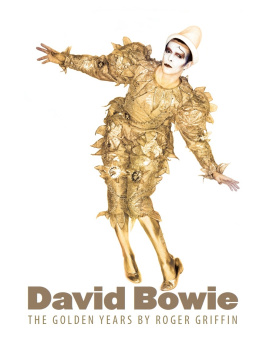




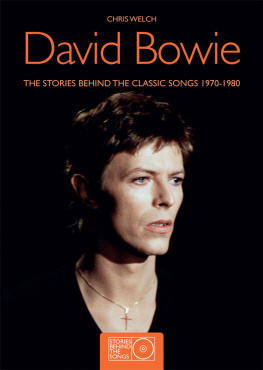
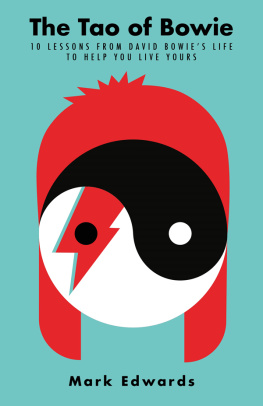

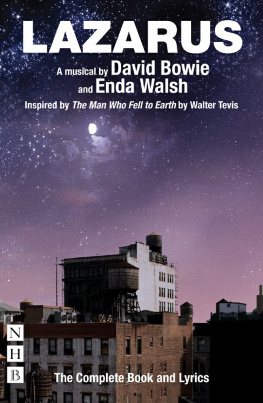
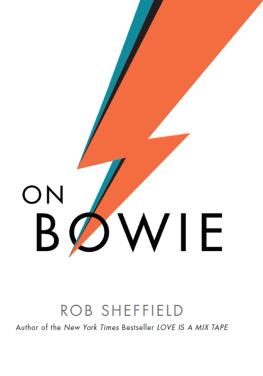
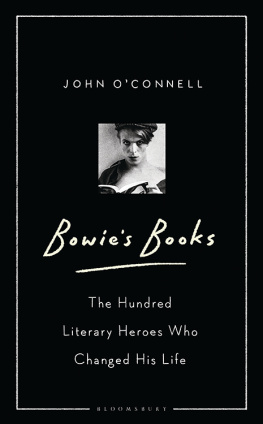
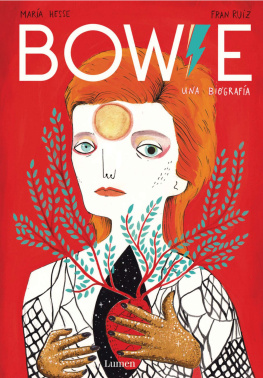
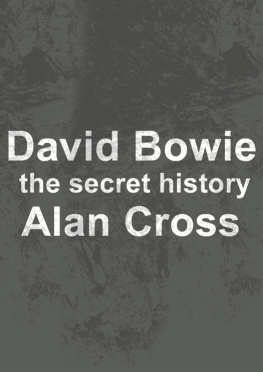
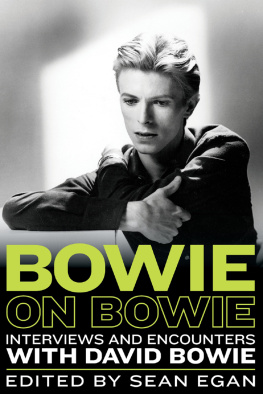
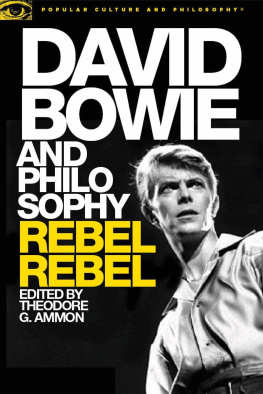

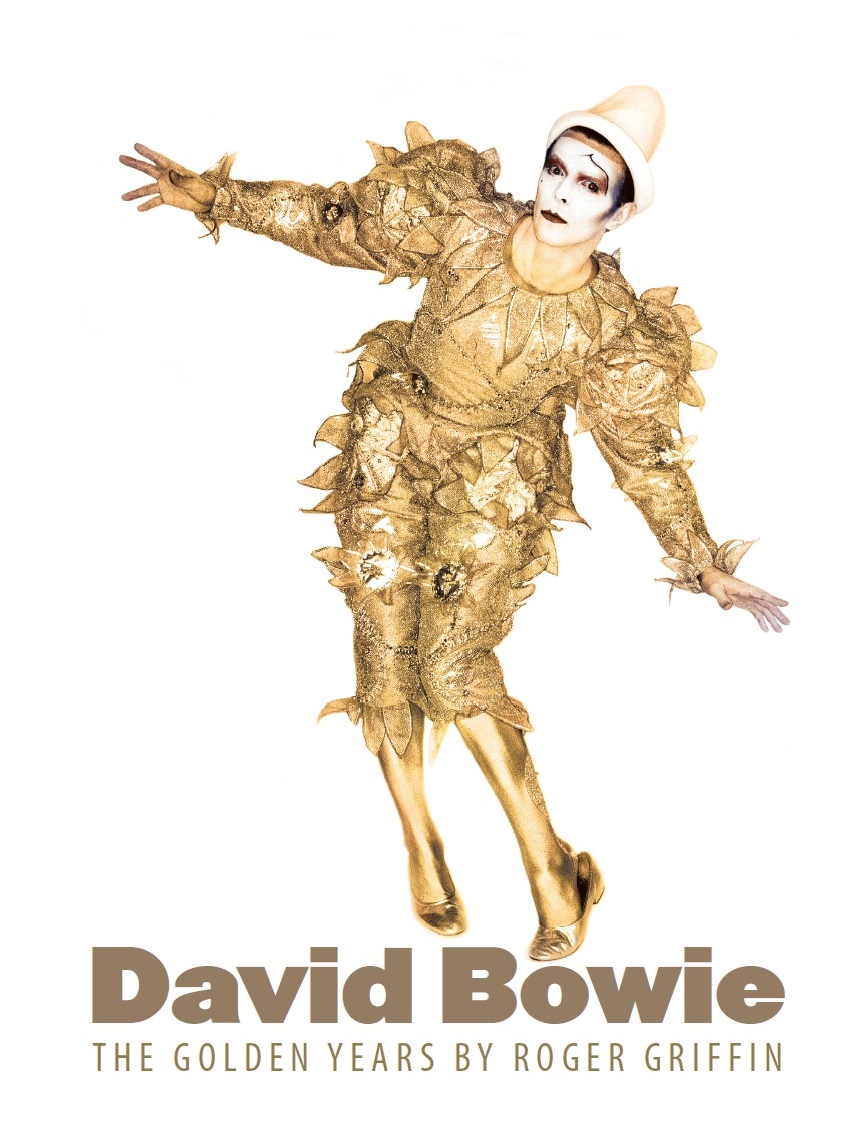
 LIVE Beckenham Arts Lab The Three Tuns Beckenham, Kent, England Bowie had started the Beckenham Arts Lab at The Three Tuns pub in May 1969 with a friend Mary Finnigan. They organised it like the others springing up at the time as a collective of local artists working with various media.
LIVE Beckenham Arts Lab The Three Tuns Beckenham, Kent, England Bowie had started the Beckenham Arts Lab at The Three Tuns pub in May 1969 with a friend Mary Finnigan. They organised it like the others springing up at the time as a collective of local artists working with various media.  RECORDING Trident Studios 17 St Annes Court, Soho London, England The Prettiest Star Tony Visconti: Producer
RECORDING Trident Studios 17 St Annes Court, Soho London, England The Prettiest Star Tony Visconti: Producer  David Bowie: Vocals/Guitar
David Bowie: Vocals/Guitar